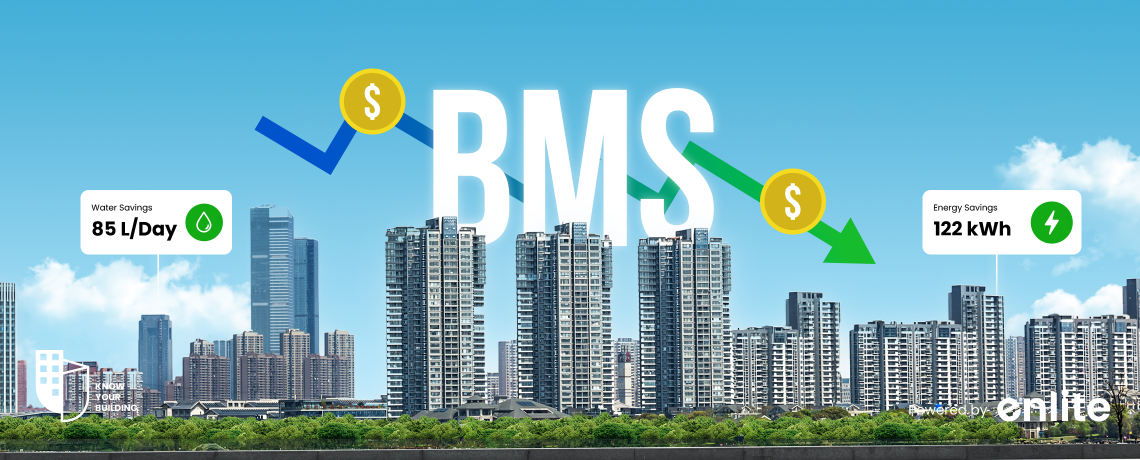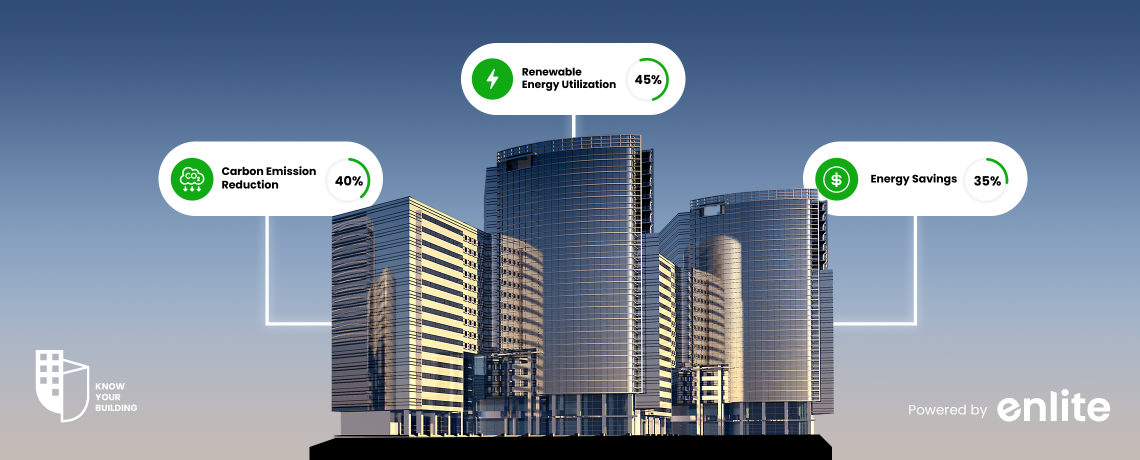Building Management System (BMS) forms an integral part of building automation. However, upgrading the BMS by implementing the Internet of things (IoT) has its own benefits. Multiple issues may affect the operations of a commercial building at any point in time. IoT brings advanced optimization to building management systems to tackle these problems. It connects thousands of sensors across necessary touchpoints and provides an opportunity to make the building operations more efficient.
IoT acts as a human-machine interface and makes the building intelligent. It automates the commercial real estate operations and improves the internal working of the building proactively. It can enhance CRE management by making it cost-effective and energy-efficient.
A traditional Building Management System usually optimizes the CRE operations by collecting data from only the principal operations. However, the analysis of the overall impact and the affected areas is often hindered. An IoT-powered BMS minimizes these bottlenecks and helps understand the critical areas of improvement and implement them to improve efficiency.
Need to implement IoT-powered BMS.
Usually, a traditional Building Management System lacks the latest capabilities to realize the growing needs of compliance and operational issues in commercial real estate. Further, the systems are complex and expensive. They are also not scalable and expanding their scope of operations leads to operational inefficiencies
IoT has become the game-changer in building operations. It adopts an efficient workflow to meet the demands of CRE operations. Yet, the implementation of IoT-powered BMS doesn’t mean higher investments. It offers a lot of functionalities and adds value to buildings by improving efficiency, reducing management issues, and minimizing maintenance bottlenecks. Let’s find out what more can be done.
Energy Management
One of the primary reasons for adopting BMS is to improve energy efficiency. It helps identify the energy consumption pattern and allows insights to the building managers to manage them better. It also observes the HVAC operations and manages the operations by optimizing ambient temperature, light levels, and CO2 levels using the sensors associated with the system. IoT-powered BMS gathers data from these capabilities and helps commercial buildings save wastage by monitoring the pattern and optimizing usage.
Security and Safety
IoT-powered BMS takes the security system up a notch by maintaining security protocols as needed. It helps restrict the unauthorized entry of people to places where access is limited. Additionally, it leverages proximity sensors to manage access to the building which offers a better scope of enhancing security and safety for the tenants. Consequently, in case of any mishaps, it helps in faster evacuation and safeguards the lives of the building users.
Space Optimization
Managing commercial real estate floor plans can become hectic at times due to a lack of optimization. Getting insights into the occupancy levels can improve space management and optimize its usage. Subsequently, it reduces the cost of operations and improves the value offering of the building. IoT helps in understanding space utilization by analyzing occupancy levels and areas of optimization by implementing sensors. It gathers information about the number of people occupying a particular space at any given time. This data helps in adding new features or tenants if required and adds to the tenant experience while occupying the building.
Building Maintenance
IoT is helpful in improving the maintenance of a commercial building. It identifies the working conditions of equipment and helps in scheduling planned maintenance to allow the building operations to run smoothly. It helps optimize the workforce requirement, faster resolution of maintenance issues, and maintain better indoor conditions for its occupants. It also identifies areas of improvement and recommends probable actions that can lead to cost or energy-saving activities. Therefore, it can not only manage a building’s resources but also improves its performance over time and improves the building value over time.














